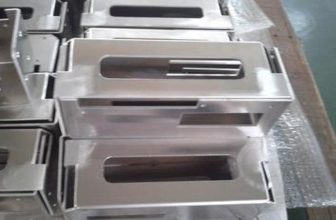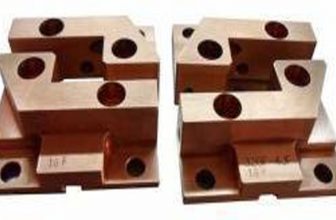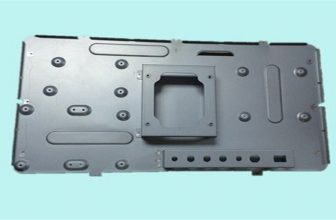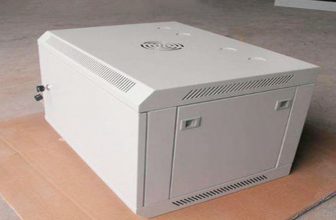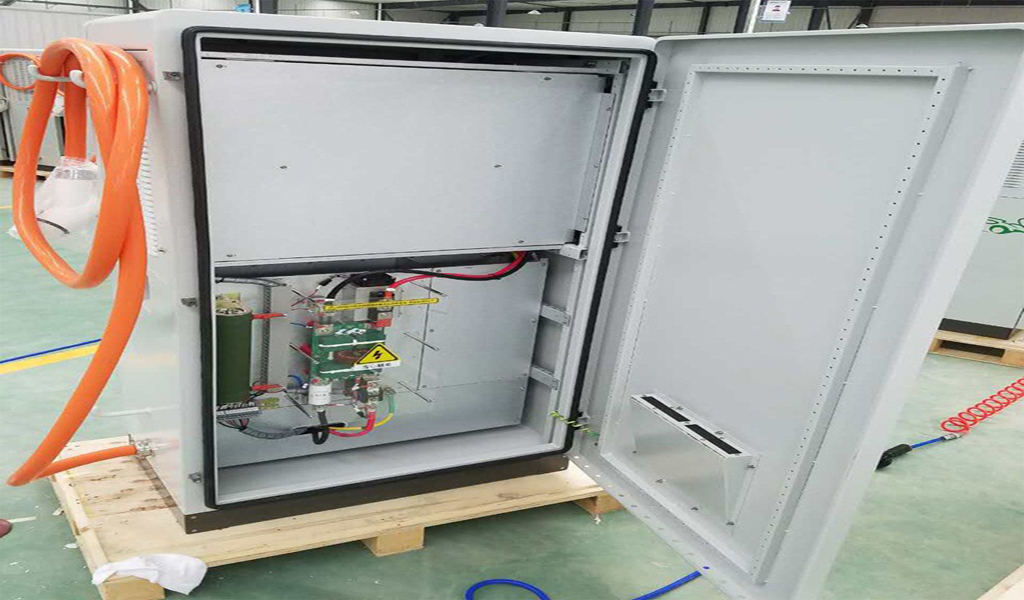
1. Injury diagnosis
Damage diagnosis is an important step in sheet metal maintenance. According to the basic steps of automobile damage diagnosis, it is necessary to do each diagnosis and detection work in the following links.
(1) Understand the body material, structure and frame welding process of automobile sheet metal parts
To choose the proper sheet metal repair method, it is necessary to understand the body construction materials and the frame welding process. The difference between modern automobiles and traditional automobiles in body manufacturing materials and frame welding processes has led to changes in maintenance methods. For example, the traditional frame-type body is mainly made of mild steel or medium carbon steel. Pneumatic body saw should be used for welding and cutting. If traditional oxygen-acetylene cutting is used, it will cause great damage to the body. . Modern monolithic body frames are usually made of Ultra High Strength Steel (UHSS) or High Strength Steel (HSS) or High Strength Low Alloy Steel (HSLA) or alloyed materials such as aluminium alloys, inert must be used in structural parts repairs Gas shielded welding or electronic spot welding machine for welding. In addition, the thickness of the steel plate and the alloy composition of the body material are different, and the selection of welding methods and related technical parameters will also be different, which requires familiarity with the body material for reasonable maintenance. After the car is damaged in a collision, it must be corrected by omnidirectional stretching, and heating should not be used as much as possible to prevent the internal structure of the metal from changing, resulting in a reduction in strength, so that the car cannot effectively protect passengers when it collides again.
In terms of frame welding process, modern body repair generally adopts fusion welding, pressure welding and bonding, while electrode arc welding and oxygen-acetylene gas welding, which were dominant in body repair in the past, are required in modern body repair. Used with caution. Electrode arc welding is now only used for frame type body and mild steel body repair; oxygen-acetylene gas welding, pressure resistance welding and bonding are only used in some special processes. For the new type of aluminum body repair welding, a special welding process is required. Different structures of body beams require different welding processes. When welding and repairing the body sheet metal, in order to adopt the best welding method that will not reduce the original strength and durability of the body, it is necessary to be familiar with the welding process used in each part of the original car.
(2) Detect the basic condition of damage
In the process of damage detection, it is necessary to visually observe the position of the collision, determine the direction of the collision and the magnitude of the collision force, and check for possible damage. For the vehicle damaged in the accident, the speed of the car and the location, direction and angle of the crash or rollover should be inquired at the time of the accident. areas that may be affected. It can also conduct a comprehensive inspection of the car in combination with the test drive and measuring instruments to confirm whether the body bottom plate is deformed, whether the body is damaged and skewed, and whether the door can be opened freely, etc., to determine the degree of damage to the car and how to repair it.
(3) Identify all damaged parts
The vehicle after the impact is not only the appearance of damage, although the vehicle directly sees only the appearance of the damage after being damaged by the impact, and even the insurance damage assessment often only evaluates the damaged part.
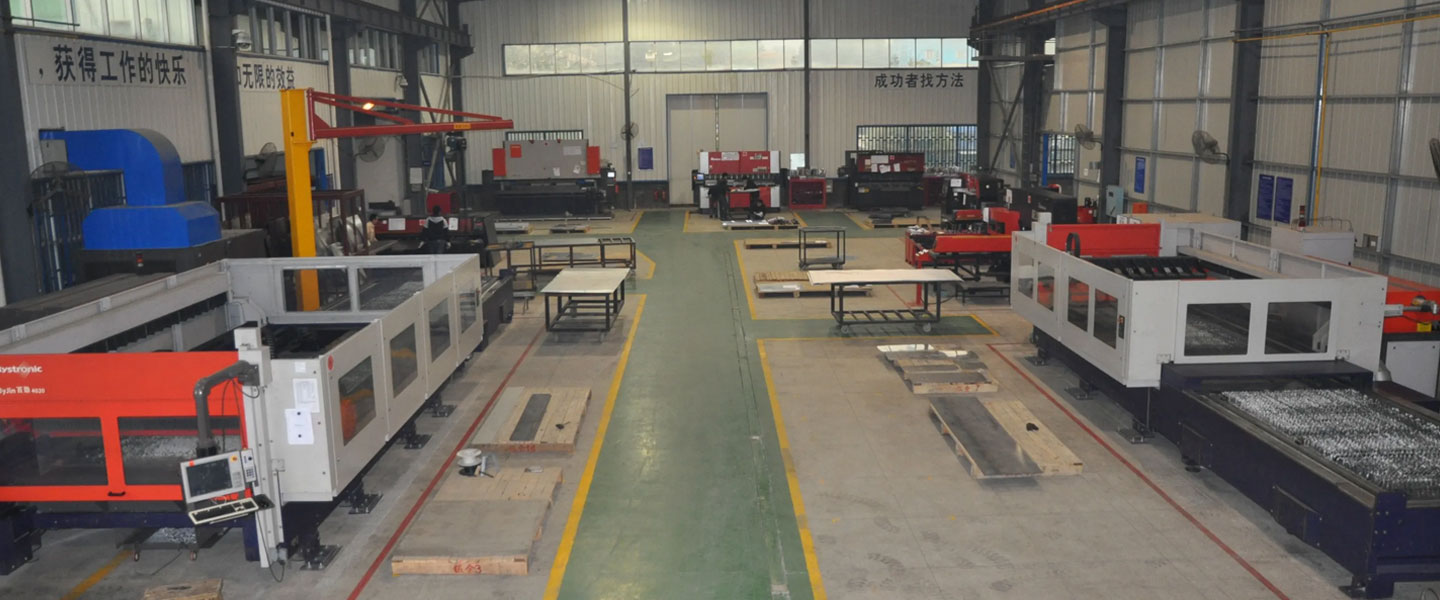
Pintejin Sheet Metal shop offers a cost-effective solution for a wide range of industries with our custom metal stamping and custom sheet metal fabrication capabilities. Our stampnig operations include a variety of sheet-metal forming manufacturing processes, such as punching, blanking, embossing, bending, flanging, and coining. Our professional, experienced and well-trained engineers can execute the complex metal stamping operations with precision and accuracy.
No matter what your metal fabrication needs are, Pintejin can offer the right solution: from single sheet metal part or sub-assembly of stamped metal parts to turnkey solutions for mechanical and electrical assemblies. We have the technology, equipment and the experience to fabricate customised metal products from aluminium sheet metal fabrication, steel, zinc plated steel, stainless steel sheet metal fabrication, brass and copper. Designs that require CNC machining of surfaces or components can be accommodated. We can supply polished, galvanized, zinc coated or powder coated finishes for any sheet metal work or stamped metal components. Coupled with our accurate and reliable metal fabricating equipment, we guarantee precision and repeatability in custom sheet metal work. You’ll be taking advantage of the best sheet metal fabrication china can produce.



